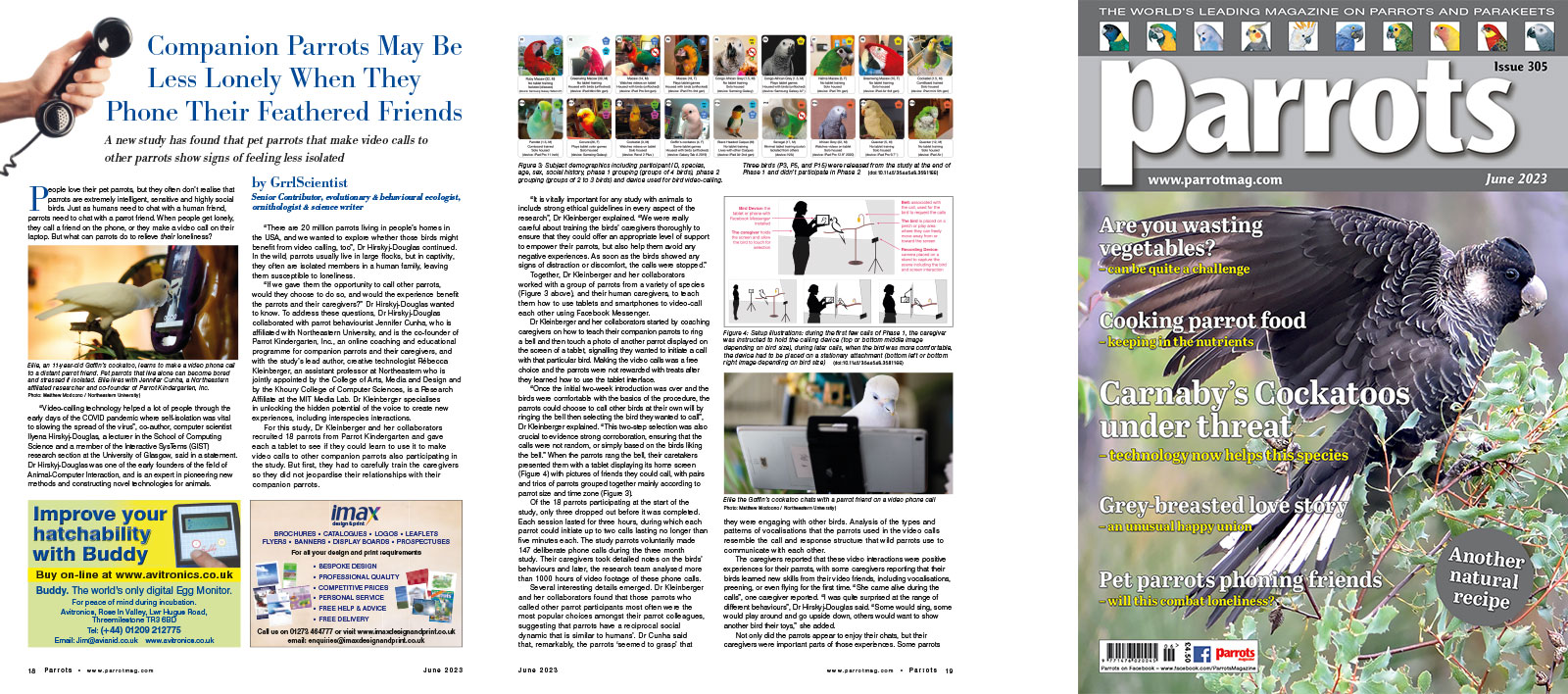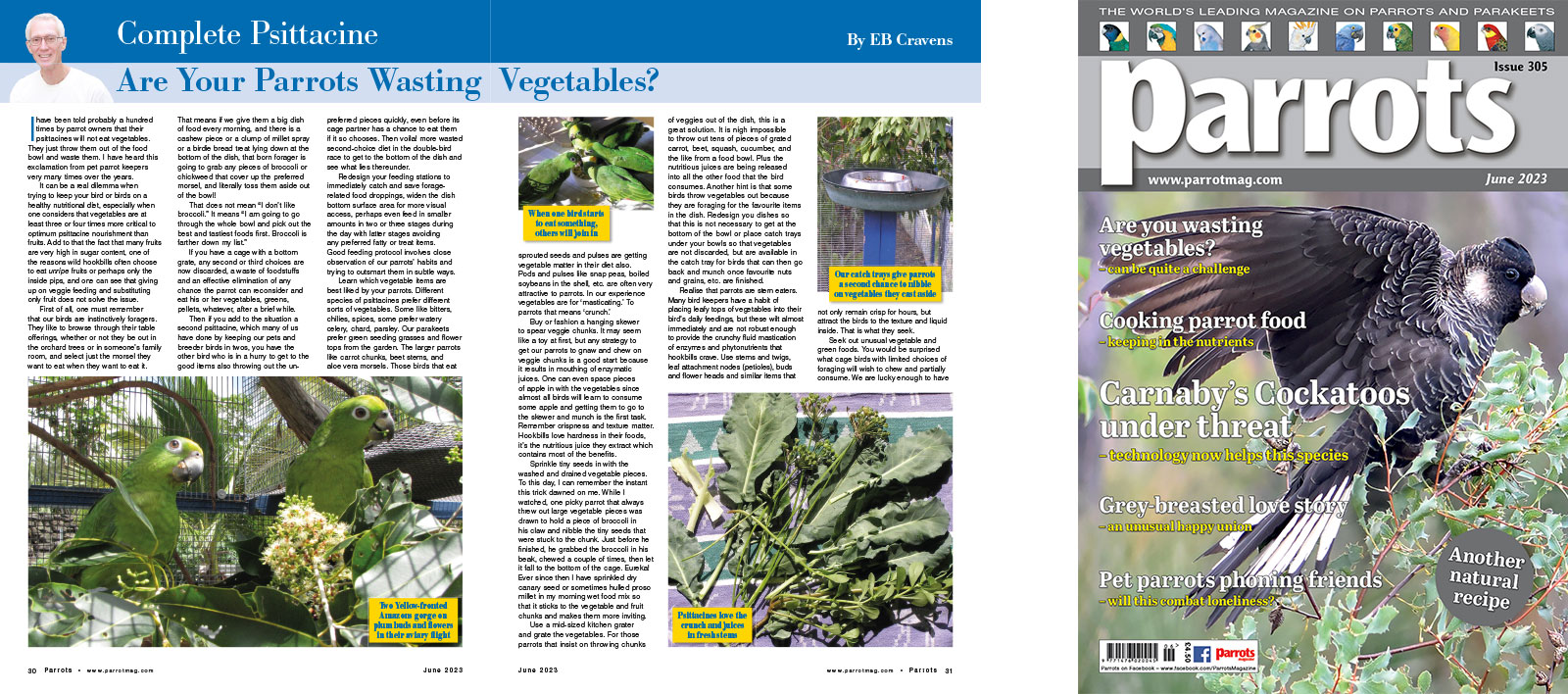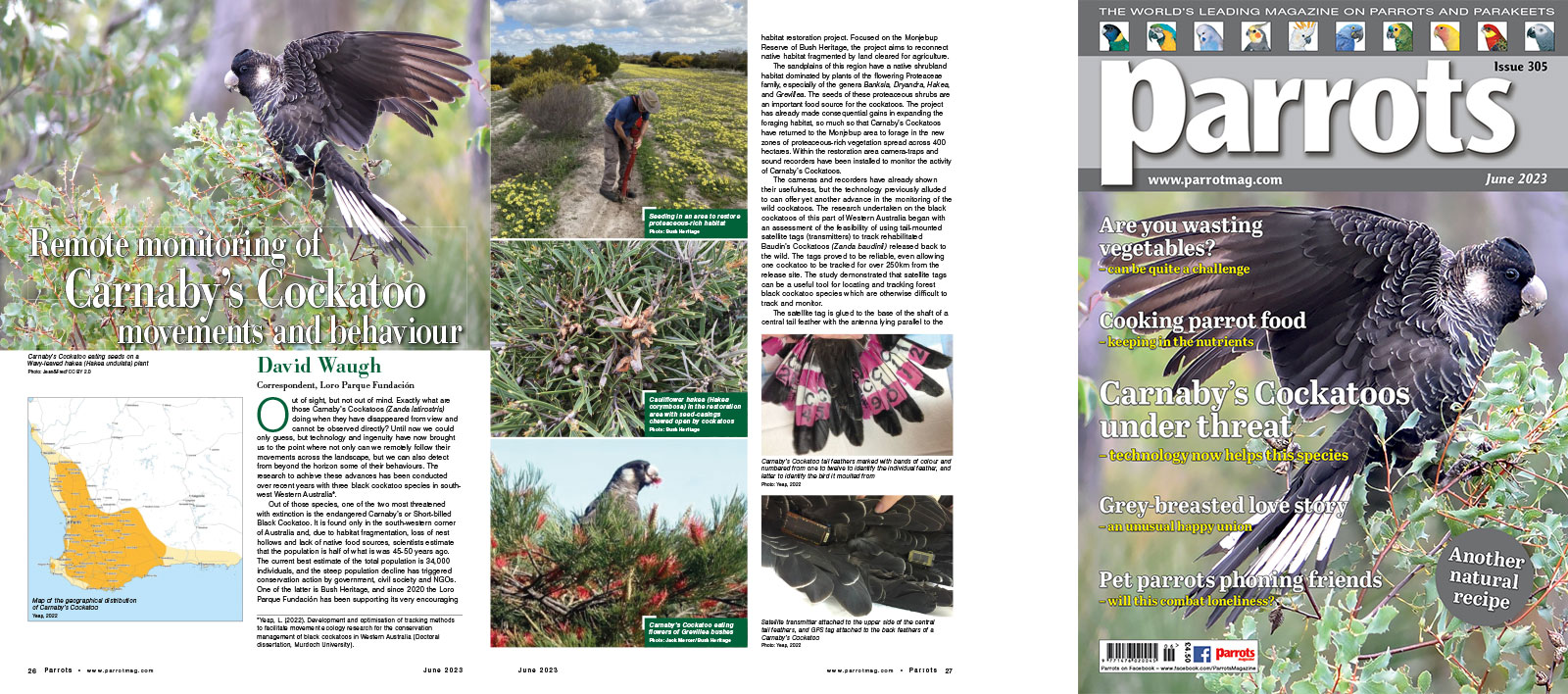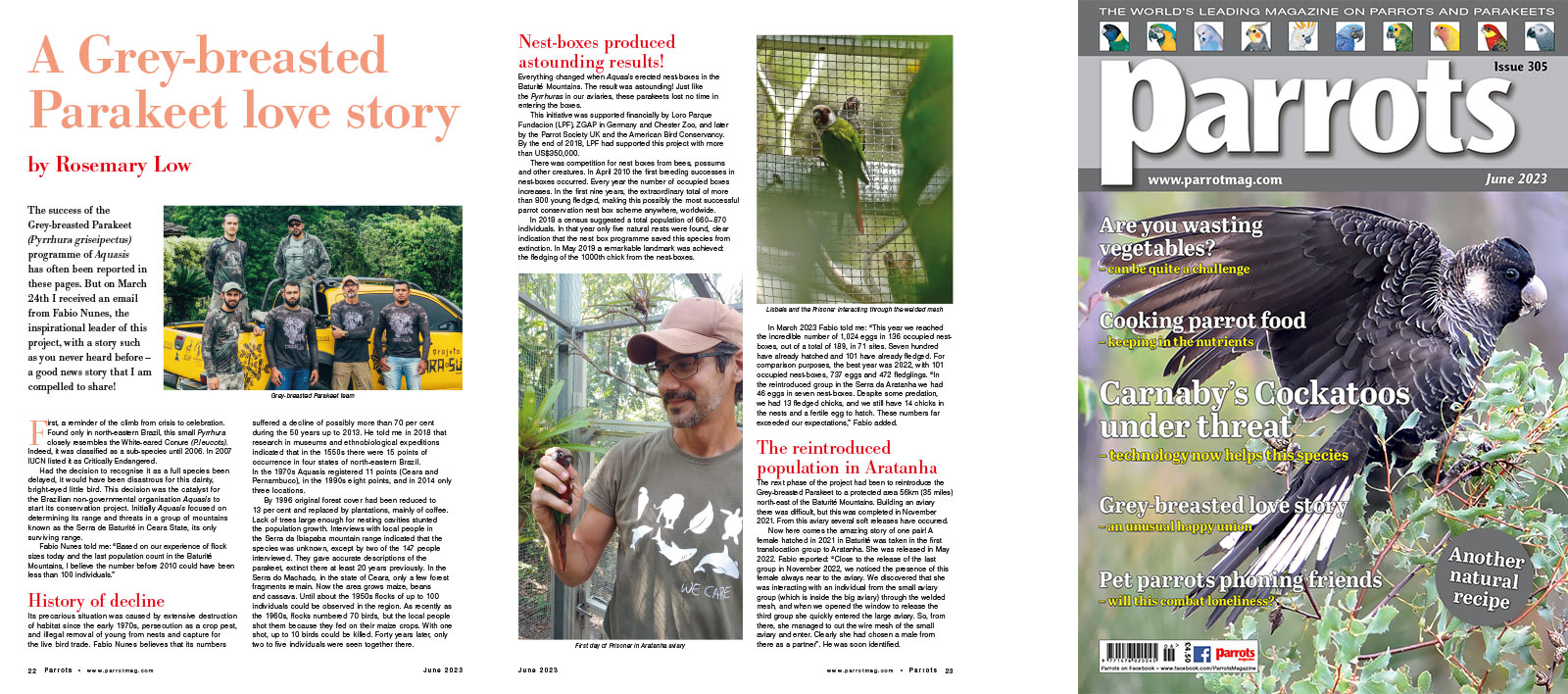
By GrrlScientist, Senior Contributor, evolutionary & behavioural ecologist, ornithologist & science writer
People love their pet parrots, but they often don’t realise that parrots are extremely intelligent, sensitive and highly social birds. Just as humans need to chat with a human friend, parrots need to chat with a parrot friend. When people get lonely, they call a friend on the phone, or they make a video call on their laptop. But what can parrots do to relieve their loneliness?
“Video-calling technology helped a lot of people through the early days of the COVID pandemic where self-isolation was vital to slowing the spread of the virus”, co-author, computer scientist Ilyena Hirskyj-Douglas, a lecturer in the School of Computing Science and a member of the Interactive SysTems (GIST) research section at the University of Glasgow, said in a statement. Dr Hirskyj-Douglas was one of the early founders of the field of Animal-Computer Interaction, and is an expert in pioneering new methods and constructing novel technologies for animals.
“There are 20 million parrots living in people’s homes in the USA, and we wanted to explore whether those birds might benefit from video calling, too”, Dr Hirskyj-Douglas continued. In the wild, parrots usually live in large flocks, but in captivity, they often are isolated members in a human family, leaving them susceptible to loneliness.
Buy Now!

Complete Psittacine by Eb Cravens
I have been told probably a hundred times by parrot owners that their psittacines will not eat vegetables. They just throw them out of the food bowl and waste them. I have heard this exclamation from pet parrot keepers very many times over the years.
It can be a real dilemma when trying to keep your bird or birds on a healthy nutritional diet, especially when one considers that vegetables are at least three or four times more critical to optimum psittacine nourishment than fruits. Add to that the fact that many fruits are very high in sugar content, one of the reasons wild hookbills often choose to eat unripe fruits or perhaps only the inside pips, and one can see that giving up on veggie feeding and substituting only fruit does not solve the issue.
That does not mean “I don’t like broccoli.” It means “I am going to go through the whole bowl and pick out the best and tastiest foods first. Broccoli is farther down my list.”
Buy Now!

By David Waugh, Correspondent, Loro Parque Fundación
Out of sight, but not out of mind. Exactly what are those Carnaby’s Cockatoos (Zanda latirostris) doing when they have disappeared from view and cannot be observed directly? Until now we could only guess, but technology and ingenuity have now brought us to the point where not only can we remotely follow their movements across the landscape, but we can also detect from beyond the horizon some of their behaviours. The research to achieve these advances has been conducted over recent years with three black cockatoo species in south-west Western Australia.
Out of those species, one of the two most threatened with extinction is the endangered Carnaby’s or Short-billed Black Cockatoo. It is found only in the south-western corner of Australia and, due to habitat fragmentation, loss of nest hollows and lack of native food sources, scientists estimate that the population is half of what is was 45-50 years ago. The current best estimate of the total population is 34,000 individuals, and the steep population decline has triggered conservation action by government, civil society and NGOs. One of the latter is Bush Heritage, and since 2020 the Loro Parque Fundación has been supporting its very encouraging habitat restoration project. Focused on the Monjebup Reserve of Bush Heritage, the project aims to reconnect native habitat fragmented by land cleared for agriculture.
The sandplains of this region have a native shrubland habitat dominated by plants of the flowering Proteaceae family, especially of the genera Banksia, Dryandra, Hakea, and Grevillea. The seeds of these proteaceous shrubs are an important food source for the cockatoos. The project has already made consequential gains in expanding the foraging habitat, so much so that Carnaby’s Cockatoos have returned to the Monjebup area to forage in the new zones of proteaceous-rich vegetation spread across 400 hectares. Within the restoration area camera-traps and sound recorders have been installed to monitor the activity of Carnaby’s Cockatoos.
Buy Now!

By Rosemary Low
The success of the Grey-breasted Parakeet (Pyrrhura griseipectus) programme of Aquasis has often been reported in these pages. But on March 24th I received an email from Fabio Nunes, the inspirational leader of this project, with a story such as you never heard before – a good news story that I am compelled to share!
First, a reminder of the climb from crisis to celebration. Found only in north-eastern Brazil, this small Pyrrhura closely resembles the White-eared Conure (P.leucots). Indeed, it was classified as a sub-species until 2006. In 2007 IUCN listed it as Critically Endangered.
Had the decision to recognise it as a full species been delayed, it would have been disastrous for this dainty, bright-eyed little bird. This decision was the catalyst for the Brazilian non-governmental organisation Aquasis to start its conservation project. Initially Aquasis focused on determining its range and threats in a group of mountains known as the Serra de Baturité in Ceara State, its only surviving range.
Fabio Nunes told me: “Based on our experience of flock sizes today and the last population count in the Baturité Mountains, I believe the number before 2010 could have been less than 100 individuals.”
Buy Now!




